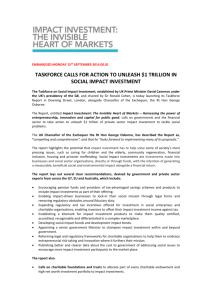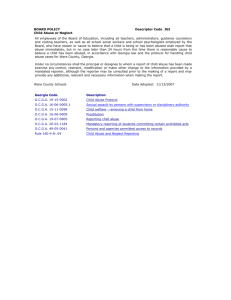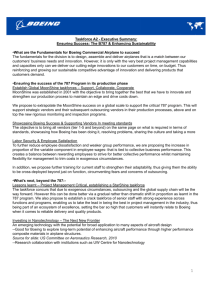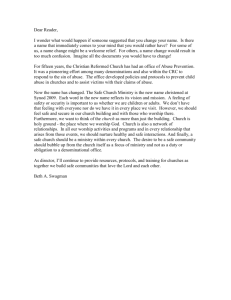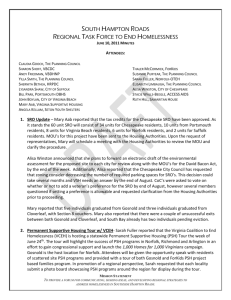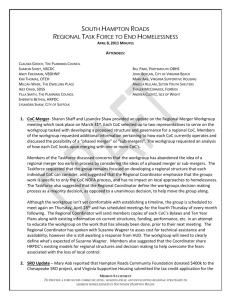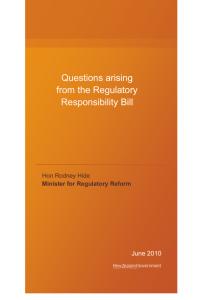SM33 Drug Policy Reform Taskforce
advertisement
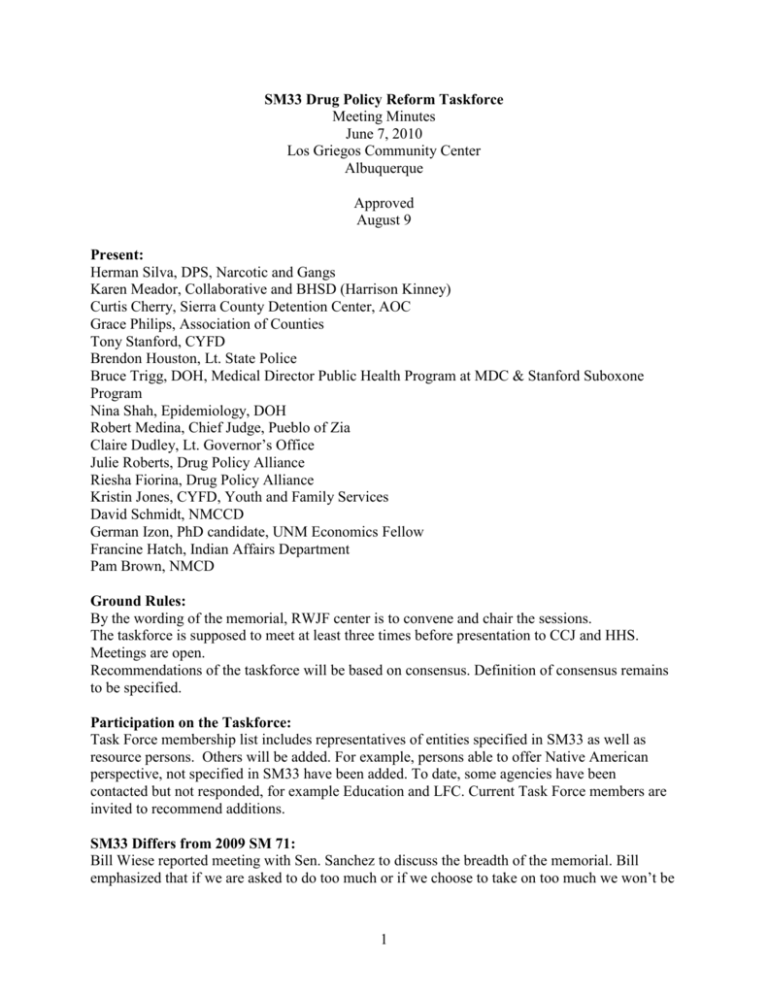
SM33 Drug Policy Reform Taskforce Meeting Minutes June 7, 2010 Los Griegos Community Center Albuquerque Approved August 9 Present: Herman Silva, DPS, Narcotic and Gangs Karen Meador, Collaborative and BHSD (Harrison Kinney) Curtis Cherry, Sierra County Detention Center, AOC Grace Philips, Association of Counties Tony Stanford, CYFD Brendon Houston, Lt. State Police Bruce Trigg, DOH, Medical Director Public Health Program at MDC & Stanford Suboxone Program Nina Shah, Epidemiology, DOH Robert Medina, Chief Judge, Pueblo of Zia Claire Dudley, Lt. Governor’s Office Julie Roberts, Drug Policy Alliance Riesha Fiorina, Drug Policy Alliance Kristin Jones, CYFD, Youth and Family Services David Schmidt, NMCCD German Izon, PhD candidate, UNM Economics Fellow Francine Hatch, Indian Affairs Department Pam Brown, NMCD Ground Rules: By the wording of the memorial, RWJF center is to convene and chair the sessions. The taskforce is supposed to meet at least three times before presentation to CCJ and HHS. Meetings are open. Recommendations of the taskforce will be based on consensus. Definition of consensus remains to be specified. Participation on the Taskforce: Task Force membership list includes representatives of entities specified in SM33 as well as resource persons. Others will be added. For example, persons able to offer Native American perspective, not specified in SM33 have been added. To date, some agencies have been contacted but not responded, for example Education and LFC. Current Task Force members are invited to recommend additions. SM33 Differs from 2009 SM 71: Bill Wiese reported meeting with Sen. Sanchez to discuss the breadth of the memorial. Bill emphasized that if we are asked to do too much or if we choose to take on too much we won’t be 1 able to deliver in substantive ways. SM 71 last summer was tasked with the similar purpose. It was assigned to the Health Policy Commission and the Behavioral Health Planning Council’s Substance Abuse Subcommittee. The present memorial was reintroduced to be more specific as related to alcohol and other substance abuse with specific reference to the criminal justice system and seeking recommendations directed at Legislative policy development. The SM71 report focused more on the professions that are involved with managing drugs and alcohol from the care and provider point of view (specifically the Collaborative), so the recommendations went to the Collaborative. Bill Wiese said that the report should be more goal-driven. The work of the present Task Force will build upon (update) and incorporate the work of the prior Task Force rather than reproduce that effort. David Schmidt advised not being rushed having to finish; go for an extension at legislature rather than to rush it to finish it this year. Karen Meador: In addition to the SM71 report, we can also draw from the Governor’s Interagency Substance Abuse Task Force 2005 and HM9 Taskforce on MAT Initial considerations for report: issues, approaches, and needs for data (open discussion) Issues a. Addiction and abuse lead to incarcerations in several ways: Criminalization of usage including possession and conduct while under the influence; also distinction of conduct associated with recreational use and addictive use. Crimes associated with distribution Crimes associated with seeking or obtaining money to pay for drug use Probation and parole violations. b. Lack of treatment centers (or very long waiting lists) to accept inmate referrals or persons released from jails. c. To what extent will report need to delve into specifics of different drugs (meth, heroin, prescription drugs, etc.)? d. Under-utilization of proven modalities such as medication-assisted treatment (MAT) using methadone and Suboxone in jails, prisons, detention centers and in the population and exclusion from Medicaid funding. User interest in these appears high. e. Extent to which funding intermediaries may discourage treatment referrals or medical providers may fail to refer. f. Intergenerational use of alcohol and other substances. g. Very young age of initiation of alcohol and other substance use. h. Congestion in courts. Approaches a. Alcohol and other drug addictions and abuse are personal and public health issues. b. Start with treatment and recovery supports and build out from there. c. Recognize that approaches for youth and adults may differ. d. Reduction of incarceration should be a goal. 2 e. Short-term recommendations need to allow for shortfalls in state. f. Number of short-term recommendations to the Legislature needs to be limited . Needs for Information and Data a. Assessment of numbers and percents of incarcerations are alcohol and other substances. Note: NMCD database limited in ability to identify alcohol or other drug as basis for incarceration. b. Options for treatment: evidence of effectiveness, availability and distribution, actual usage vs. need, and impact at level of population, and keeping in mind that data for adults and children may differ. c. Compare services with needs by region, using National Survey on Drug Use and Health d. Documentation of changes since 2002 Needs and Gaps Analysis. e. Documentation of changes such as redeployment of resources and grants to build local treatment options for youth. f. Desirability of identifying specific needs in specific communities in order to attract resources. g. Jail costs attributed to alcohol and other substance use: cost per inmate, cost as a percent of county budget. h. Crowding in jails attributed to alcohol and other substance use. i. Crowding in jails attributed to lack of referral opportunities. Actions: Distribute previous reports to TF members Bill Wiese to summarize inputs from this meeting as a table of issues and actions to provide information at a level needed for report for review and discussion and assignments at TF meeting scheduled for August 16 Expand TF to include criminal justice, broader geographic representation, and persons in recovery and with convictions NEXT MEETING: Monday, July 12 1:00PM – 4:00PM BHSD in Santa Fe 3


